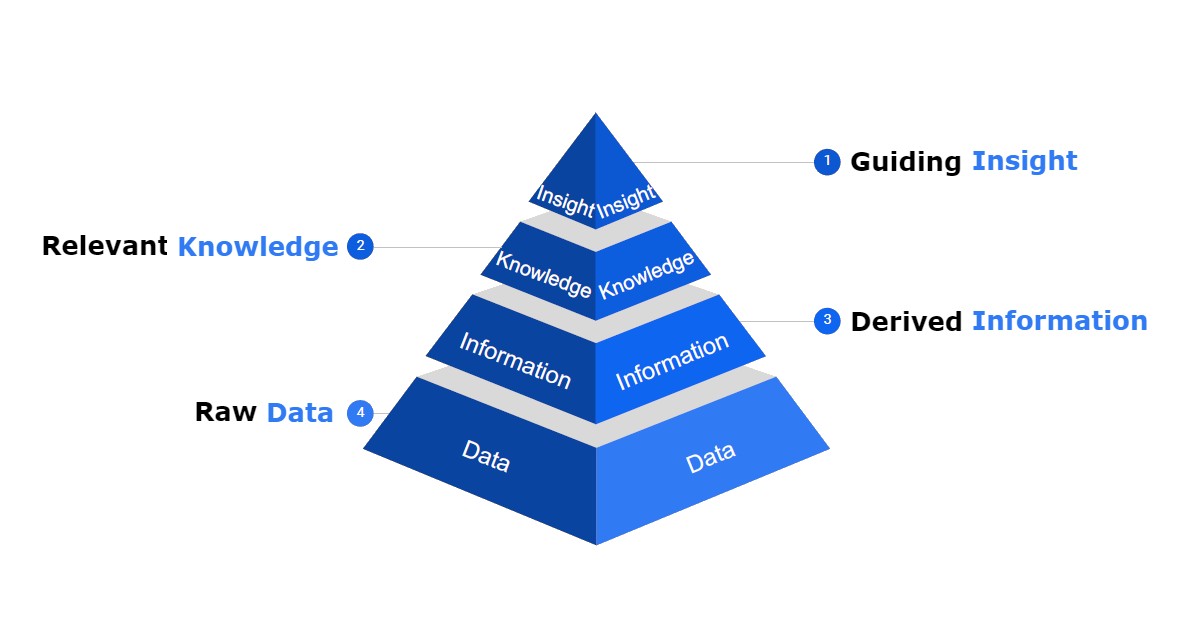The Essential Skill of Data Literacy
 Ifeoma Okafor
Ifeoma Okafor
In today’s data-driven era, data literacy has become a vital skill, not only for those in data-focused roles but for anyone aiming to make informed decisions. Whether you’re a student, a business owner, or an employee, understanding data literacy opens up new ways to interpret the world and leverage insights for meaningful action.
Why Data Literacy Matters
Just as adapting to technology was essential a few decades ago, understanding and interacting with data is important today. Data literacy enables us to critically interpret information, assess its relevance, and place it in context. Unlike technical skills, data literacy doesn’t require mastery in coding or math; it requires the ability to thoughtfully interact with data, analyze it, and understand its limitations. Think of it like driving a car: you don’t need to know how an engine works to navigate the roads safely, but you do need to understand how to operate the car and follow traffic rules.
Defining Data Literacy and Its Components
Data literacy is the capacity to read, work with, analyze, and communicate insights from data. It has three core components:
Reading Data: Recognizing relevant data sources, gathering data, and managing it effectively. Tools like databases help store, organize, and share this data.
Analyzing Data: Using analytics to uncover patterns and insights. Techniques range from descriptive analytics, which summarize past data, to predictive analytics, which forecast future trends.
Communicating Insights: Sharing findings through data storytelling and visualizations so that they’re accessible and actionable.
Data to Insights: The DIKW Pyramid
The Data-Information-Knowledge-Wisdom (DIKW) pyramid illustrates how data transforms into actionable wisdom:
Data: Raw observations that lack context, like temperature readings or survey results.
Information: Data organized to provide context (understanding). For instance, progressive temperature changes might indicate an approaching storm.
Knowledge: Recognizing patterns and connections in information, which helps us make predictions. For example, noticing that cooler temperatures often lead to rain allows us to anticipate weather changes.
Wisdom: Practical use of knowledge to make smart decisions. For example, knowing weather patterns helps us decide to bring an umbrella when rain is likely.
Insights:These are small, realistic pieces of wisdom we can act on.
By continuously gathering and refining insights, we gain a clearer picture of the underlying patterns, making us better prepared to act proactively.
Importance of Data Literacy: Data-Driven Decision Making in Action
Data literacy fuels data-driven decision making, which is the practice of using data to guide decisions and strategies. Contrary to popular belief, data-driven decision making is not limited to large corporations, anyone can use it. Here’s a simple structured process to get started:
Define a Problem: Start with a clear question, like “How can we improve customer satisfaction?”
Collect Data: Gather relevant data to address the question.
Analyze Data: Look for trends, causes, or insights.
Communicate Findings: Present insights in a way that leads to informed decisions.
Take Action: Implement changes based on insights and evaluate the outcome.
For example, a customer service team may identify low satisfaction scores and investigate causes such as response times or product quality, leading to actionable steps for improvement. Similarly, a university analyzing declining student math scores could examine curriculum changes, teaching methods, or student resources to help reverse the trend.
In both cases, the teams will use data (customer satisfaction scores and student math scores) to identify problems, investigate their causes to obtain actionable strategies for improvement.
Application of Data Literacy
For students, data literacy opens doors to better understand academic performance, career insights, or personal finances.
Businesses, on the other hand, can leverage it to optimize operations, improve customer satisfaction, and make strategic decisions. Understanding how to turn data into actionable insights allows students and businesses alike to thrive in an increasingly data-centric world.
In essence, data literacy is more than just a skill; it’s a way to navigate today’s complexities with clarity and confidence.
Subscribe to my newsletter
Read articles from Ifeoma Okafor directly inside your inbox. Subscribe to the newsletter, and don't miss out.
Written by

Ifeoma Okafor
Ifeoma Okafor
I am passionate about technology, a pharmacist and a passionate advocate for public health. I firmly believe that leveraging technology is pivotal in advancing healthcare and ensuring its accessibility to all individuals. When I am not immersed in the activities stated above, I find solace in indulging in life's simple pleasures. Reading captivating books, watching thought-provoking movies, and cherishing invaluable moments with loved ones are among the many ways I find joy outside of my professional pursuits. Read, follow and leave a comment ❤️